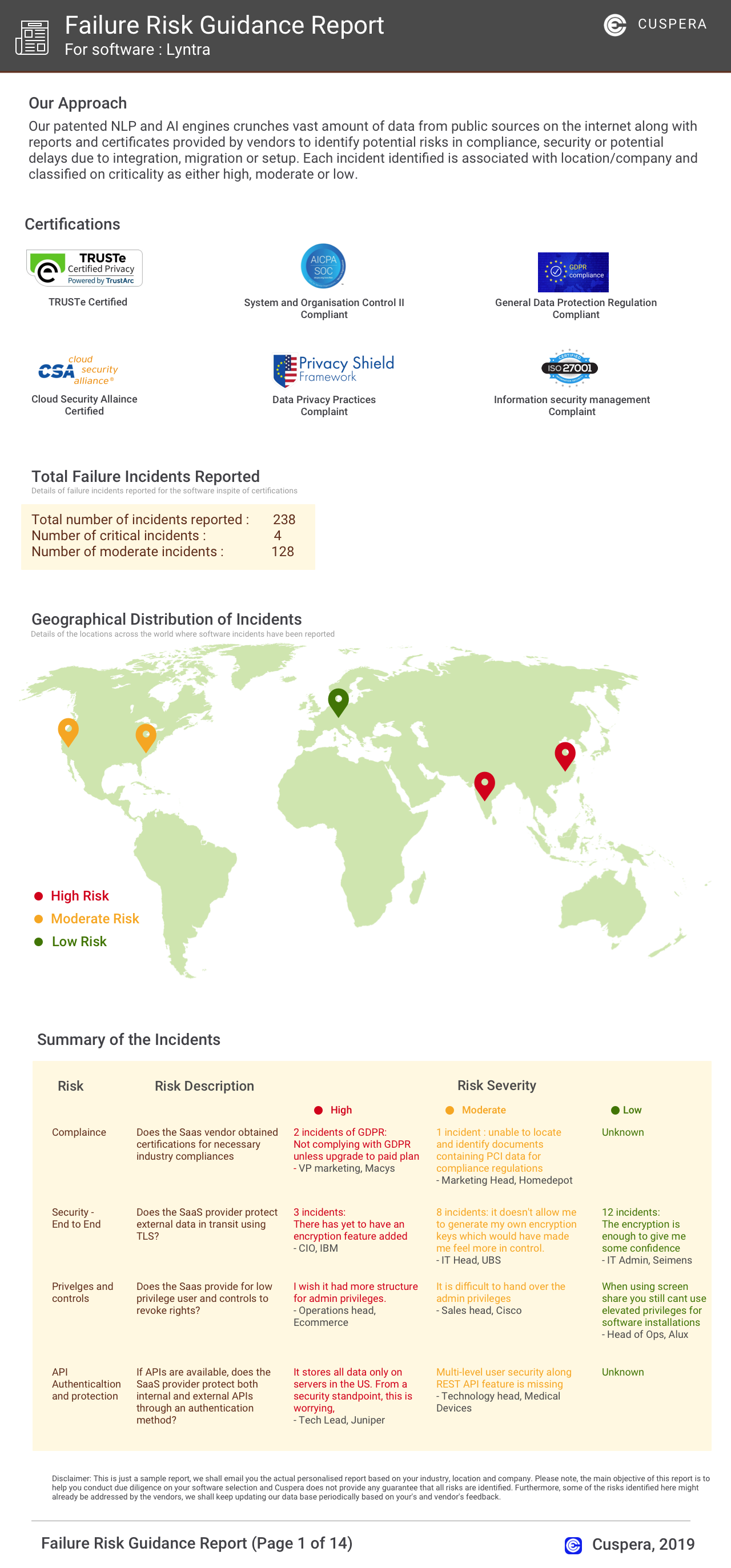Overview: Asana and Wrike as Project Management Category solutions.
Asana and Wrike serve the project management needs of various businesses, each excelling in unique areas. Asana boasts robust features for large enterprises, with a strong emphasis on data handling and integration, making it a go-to for those prioritizing detailed custom reporting. Wrike, on the other hand, offers capabilities that cater well to mid-market and retail industries, providing flexible support and collaborative tools that align closely with smaller-scale operational needs.
Asana: Asana is a work management tool offering features for projects, workflows, goals, and teams. Users can read about its features, usage, and sign-up process.
Wrike: Wrike enables better team collaboration through a versatile work management platform. Discover how to achieve your best work in the product tour.
Asana and Wrike: Best Use cases based on the customer satisfaction data
Key Capabilities Supported
Asana excels in collaboration and workflow management, making it ideal for complex project environments that require effective team coordination. read more →
Wrike supports collaboration and workflow management, with additional focus on sales and product management tasks, suitable for multi-faceted operational needs. read more →
Business Goals
Asana facilitates improving internal communications and customer acquisition, key for companies looking to enhance internal efficiency and market reach. read more →
Wrike aids in scaling best practices and enhancing visibility, important for businesses focused on optimizing operations and market evolution. read more →
Core Features
Asana offers advanced data tools like custom reports and integration features, meeting the needs of data-driven enterprises. read more →
Wrike provides analytics and integration capabilities, designed for dynamic reporting and project tracking at various operational stages. read more →
Vendor Support
Asana provides extensive support options, including 24/7 availability, catering to the demands of large enterprises requiring constant assistance. read more →
Wrike offers robust support solutions with 24/7 availability, aligning with the needs of smaller organizations that require flexible support. read more →
Segments and Industries
Asana is predominantly used by large enterprises in software, marketing, and education sectors, reflecting its adaptability to diverse industries. read more →
Wrike is favored by the mid-market and retail industries, showcasing its utility in sectors requiring streamlined project workflows. read more →
Operational Alignment
Asana integrates seamlessly into large-scale operational workflows, offering complex environment support for extensive project management. read more →
Wrike fits well into mid-market operations, providing adaptable tools suitable for a broad range of project environments. read more →
Failure Risk Guidance?
Compliance Risk
{{{rsh_C_1}}}
{{{rsh_C_1}}}
Security & Privacy Risk
{{{rsh_C_1}}}
{{{rsh_C_1}}}
Integration Risk
{{{rsh_C_1}}}
{{{rsh_C_1}}}
Migration Risk
{{{rsh_C_1}}}
{{{rsh_C_1}}}
IT and Other Capabilities
- Low
- Medium
- High
Data
Support
Others
Most deployed common Use Cases for Asana and Wrike
Why is Asana and Wrike the best choice for Collaboration?
What Are the key features of Asana and Wrike for Workflow Management?
How can Asana and Wrike enhance your Engagement Management process?
How can Asana and Wrike enhance your Communication Management process?
Asana in Action: Unique Use Cases
What benefits does Asana offer for Training & Onboarding?
Wrike in Action: Unique Use Cases
How can Wrike optimize your Sales Document Management Workflow?
Alternatives
Integrations
Few Asana Integrations
Few Wrike Integrations
News
Latest Asana News
Asana Announces Strategic Partnership with Datacom to Enhance Enterprise Solutions for ANZ Customers - Business Wire
Asana partners with Datacom to improve enterprise solutions for customers in Australia and New Zealand.
Latest Wrike News
Wrike Named a Leader in the 2024 Gartner Magic Quadrant for Collaborative Work ...
Wrike is named a leader in the 2024 Gartner Magic Quadrant for Collaborative Work Management for the second year in a row.





















